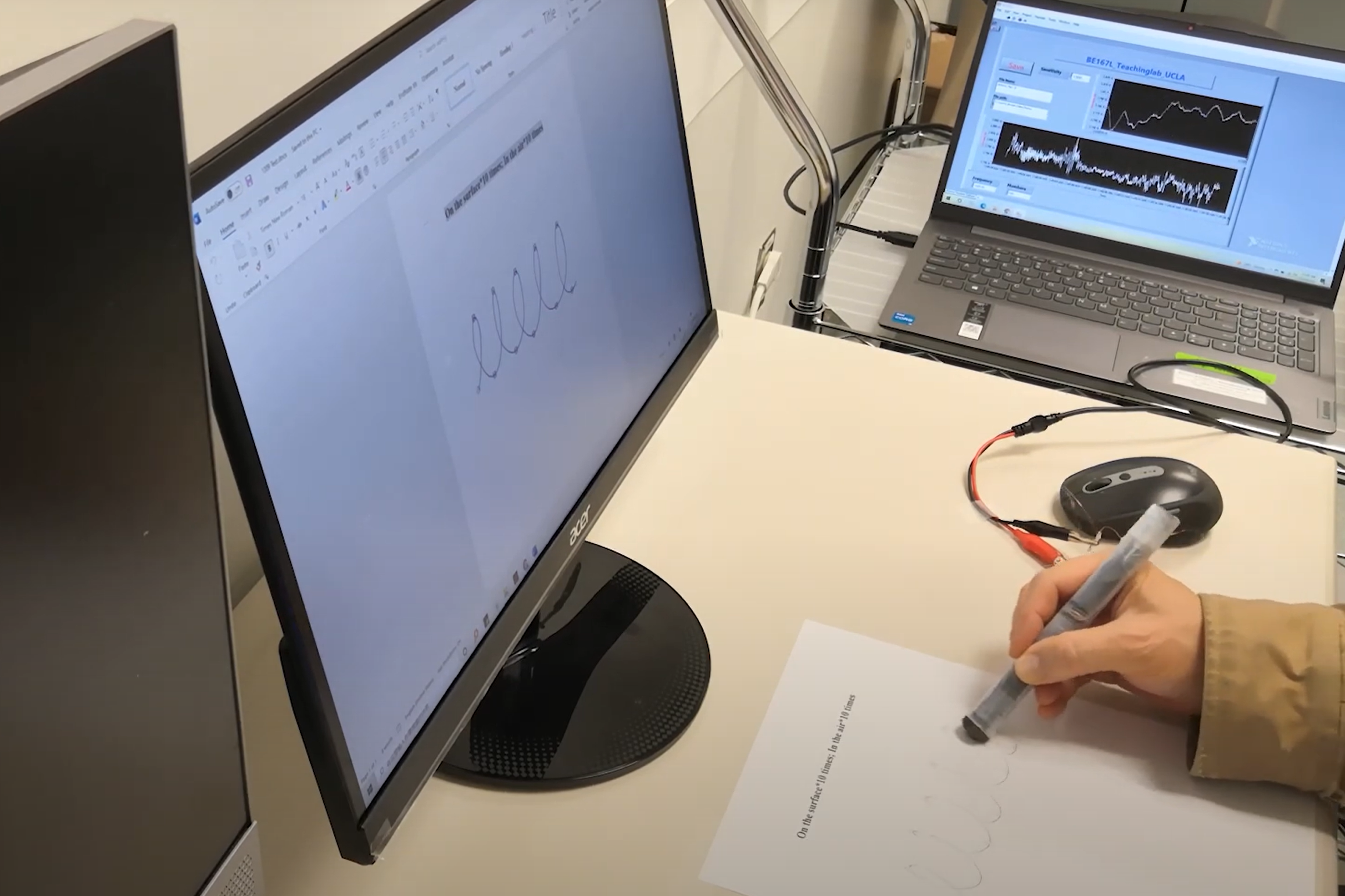Key signature sets Parkinson’s and essential tremor apart

A new discovery could help improve diagnosis of two disorders with similar symptoms, Parkinson’s disease and essential tremor.
September 15, 2025
All about the disease






